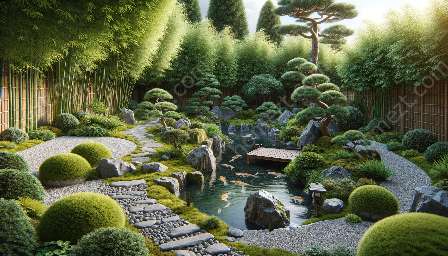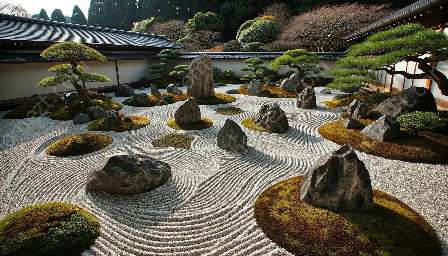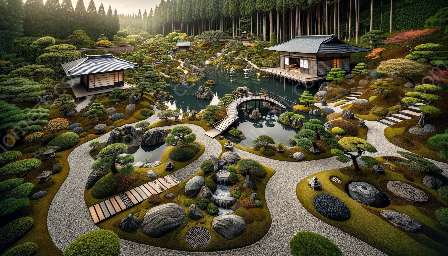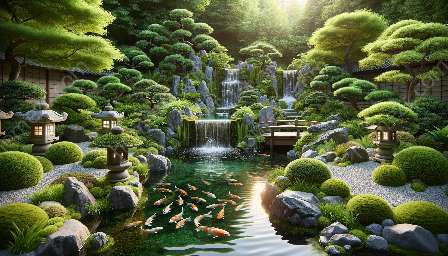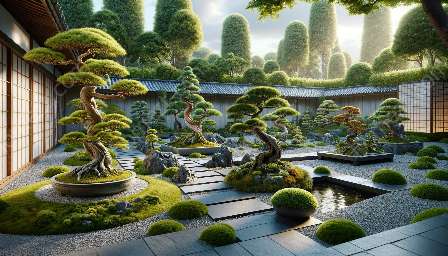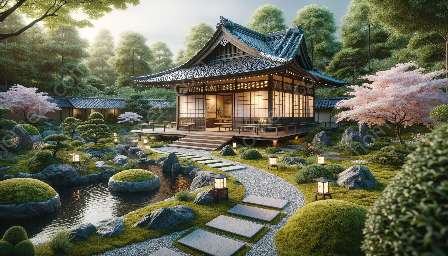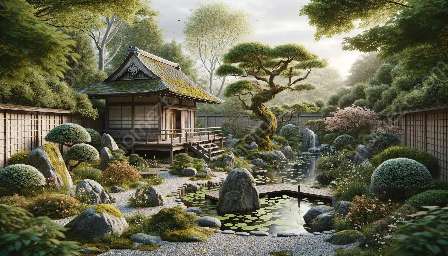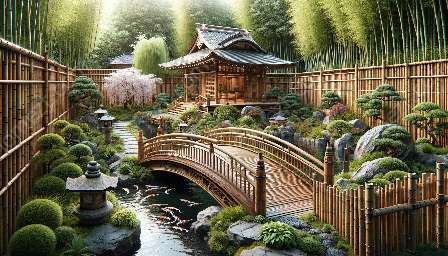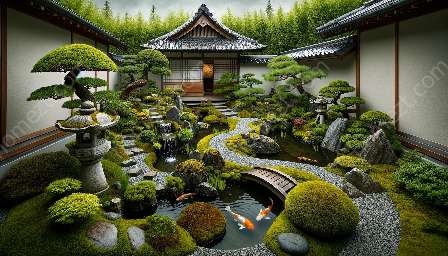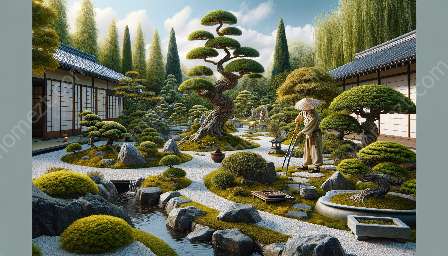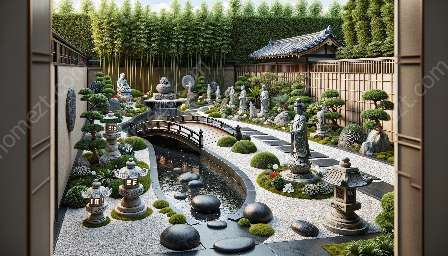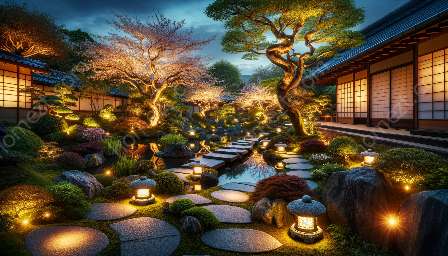Japanese gardens are renowned for their serene beauty and harmonious design, incorporating elements that reflect nature, spirituality, and cultural traditions. Among these elements, traditional Japanese garden ornaments and statues play a vital role in creating a tranquil and aesthetic environment. In this comprehensive guide, we will delve into the world of these timeless garden features, exploring their cultural significance, design principles, and how to integrate them into your own garden.
The Essence of Japanese Garden Design and Principles
Before we explore the intricate world of Japanese garden ornaments and statues, it is essential to understand the fundamental principles that underpin Japanese garden design. At the heart of these principles lies the concept of Wabi-Sabi, which celebrates imperfection, transience, and the beauty of natural materials. Simplicity, asymmetry, and the use of natural elements such as stone, gravel, and water are also central to Japanese garden design.
Another integral principle is Ma, which emphasizes the significance of space and the relationships between various garden elements. Every aspect of a Japanese garden, including ornaments and statues, is carefully placed to create a meaningful spatial composition and encourage contemplation.
Cultural Significance of Traditional Japanese Garden Ornaments and Statues
The use of traditional Japanese garden ornaments and statues is deeply rooted in Japan's rich cultural heritage and Shinto and Buddhist traditions. These ornamental features serve as expressions of reverence for nature, guardianship, and a connection to the spiritual world. Stone lanterns, pagodas, water basins, and statues of deities and mythical creatures are among the most commonly used ornaments in Japanese gardens.
One of the most iconic ornaments in Japanese gardens is the Tōrō, or stone lantern, which originated from the tea gardens of the Muromachi period. The Tōrō symbolizes enlightenment and is often placed strategically along pathways, near water features, or in secluded garden corners, casting gentle illumination during the evening hours.
Another significant element is the Tsukubai, a stone basin found in Japanese tea gardens, traditionally used for ritual cleansing. The design and placement of the Tsukubai reflect a deep appreciation for the ceremonial aspects of Japanese tea culture and the importance of mindfulness.
Integrating Traditional Japanese Garden Ornaments and Statues into Your Garden
When planning to incorporate traditional Japanese garden ornaments and statues into your garden, it is crucial to consider their placement and design in accordance with the principles of Japanese garden design. Stone lanterns, for example, should be positioned to create a sense of balance and harmony within the surrounding landscape, casting soft, diffused light to illuminate the garden's pathways and focal points.
Statues of spiritual or mythical figures, such as Bodhisattvas, Jizo, or guardian lions, can be strategically placed at the entrances or focal points of the garden to invoke a sense of tranquility and protection. These statues also serve as reminders of the spiritual and cultural significance that imbue Japanese gardens with a sense of depth and contemplation.
Embracing the Timeless Beauty of Japanese Garden Ornaments
In conclusion, traditional Japanese garden ornaments and statues are indispensable elements that contribute to the allure and authenticity of Japanese garden design. By understanding their cultural significance and adhering to the principles of Japanese garden design, you can create a harmonious and immersive garden space that embodies the essence of Japanese aesthetics and spirituality.
Whether you seek to evoke a sense of serenity, celebrate nature, or deepen your connection to Japanese cultural traditions, incorporating these timeless garden features will undoubtedly enhance the beauty and charm of your outdoor sanctuary.

